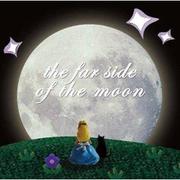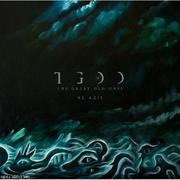The Far Side Of Ohe Moon
| 基本信息 | |||
|---|---|---|---|
| 姓名 | The Far Side Of Ohe Moon | 别名 | 暂无 |
| 国籍 | 美国 | 出生地 | |
| 语言 | 性别 | 男 | |
| 生日 | 星座 | ||
| 身高 | 体重 | ||
The far side of the Moon, sometimes called the "dark" side of the Moon,[1] is the hemisphere of the Moon that always faces away from Earth. The far side's terrain is rugged, with a multitude of impact craters and relatively few flat lunar maria. It has one of the largest craters in the Solar System, the South Pole–Aitken basin.
About 18 percent of the far side is occasionally visible from Earth due to libration. The remaining 82 percent remained unobserved until 1959, when the Soviet Union's Luna 3 space probe photographed it. The Russian Academy of Sciences published the first atlas of the far side in 1960. In 1968, the Apollo 8 mission's astronauts were the first humans to view this region directly when they orbited the Moon. To date, no one has explored the far side of the Moon on the ground.
Astronomers have suggested installing a large radio telescope on the far side, where the Moon would shield it from possible radio interference from Earth.
About 18 percent of the far side is occasionally visible from Earth due to libration. The remaining 82 percent remained unobserved until 1959, when the Soviet Union's Luna 3 space probe photographed it. The Russian Academy of Sciences published the first atlas of the far side in 1960. In 1968, the Apollo 8 mission's astronauts were the first humans to view this region directly when they orbited the Moon. To date, no one has explored the far side of the Moon on the ground.
Astronomers have suggested installing a large radio telescope on the far side, where the Moon would shield it from possible radio interference from Earth.
 加载评论内容,请稍等......
加载评论内容,请稍等......













